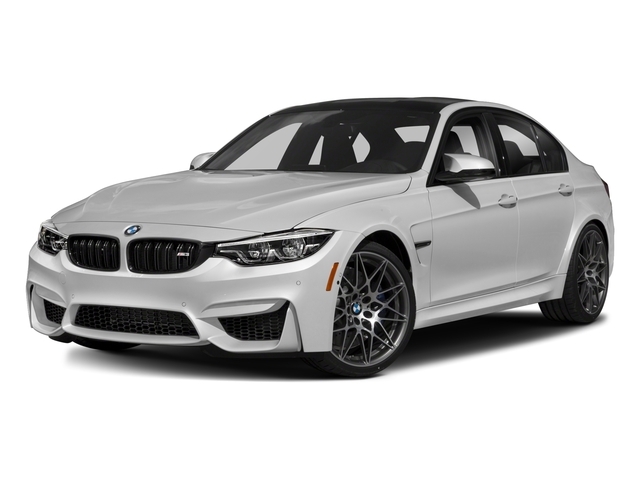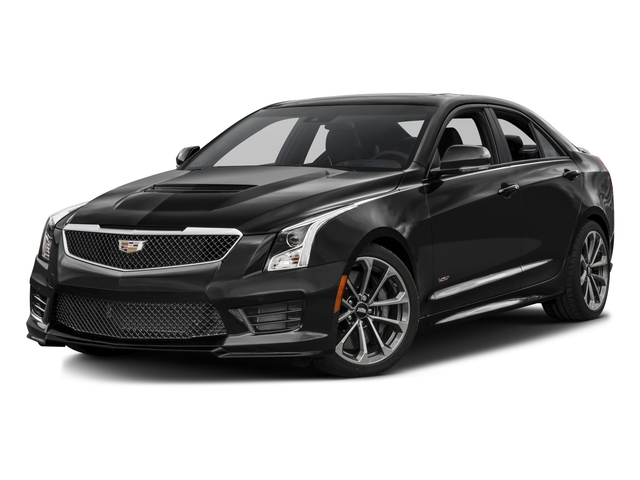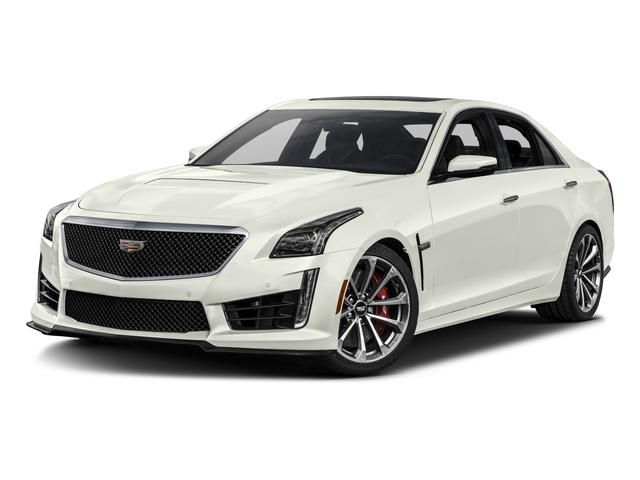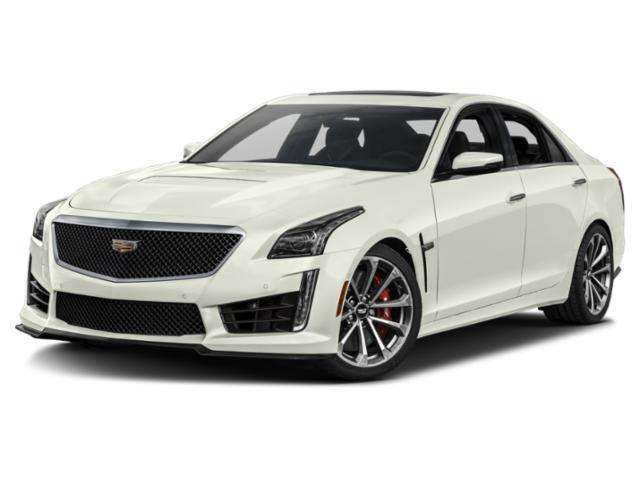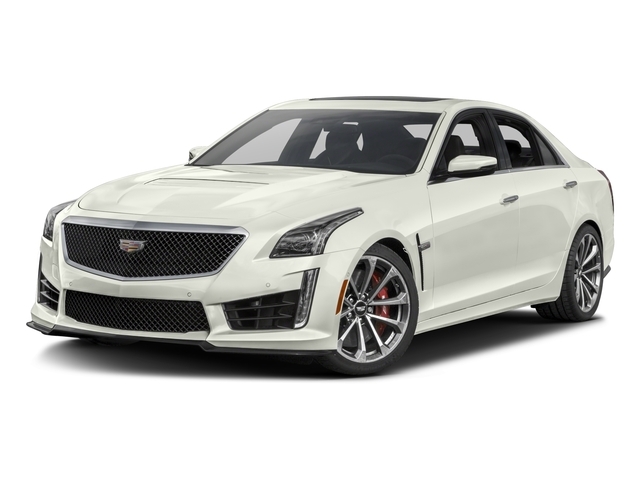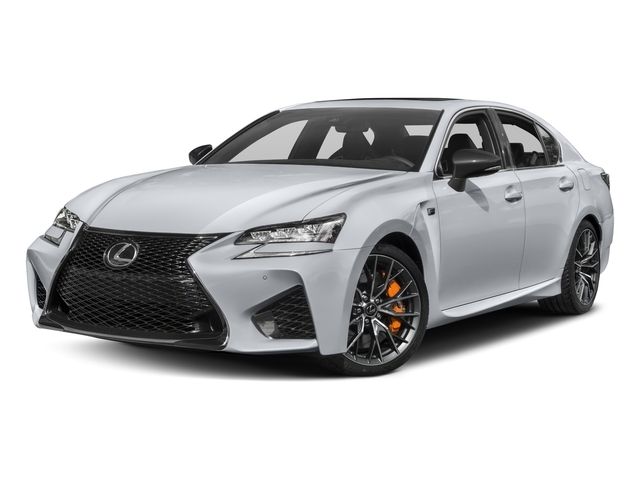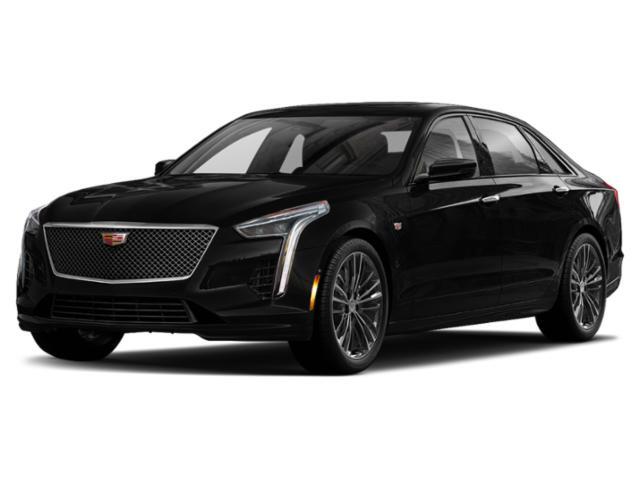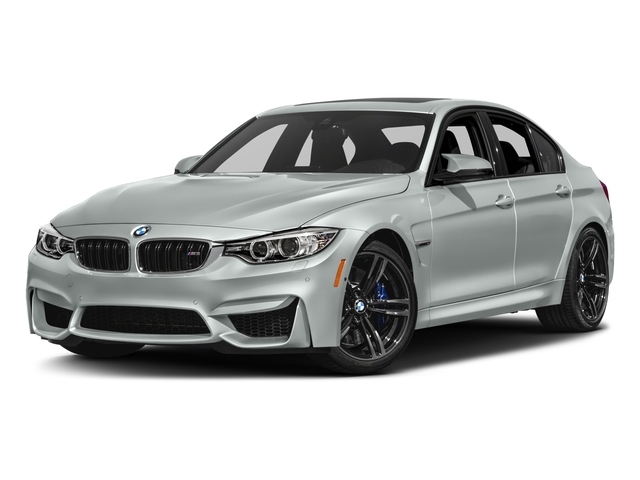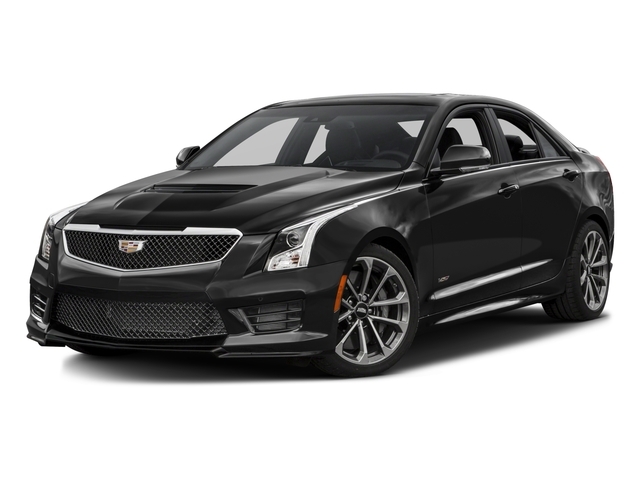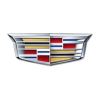
2018 Cadillac CTS-V

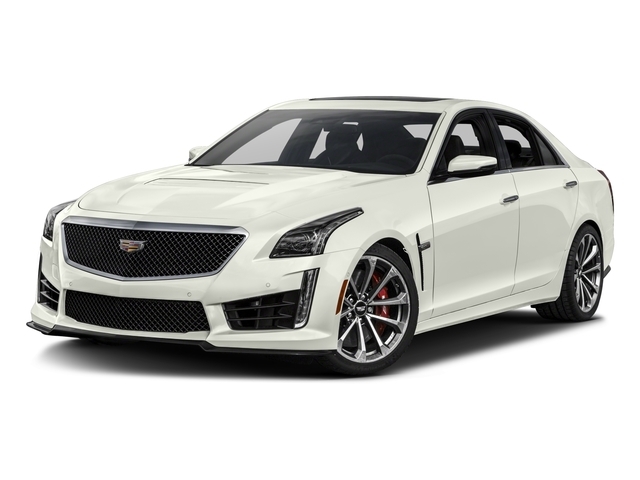
Key Specifications for 2018 Cadillac CTS-V






Buyer’s Guide
The CTS-V is Cadillac’s most extreme sport sedan, with a 6.2L supercharged V8 that cranks out 640 hp and 630 lb-ft of torque and a pedigree shared with the brand’s DPi-V.R endurance race car.
For 2018, this badass four-door gets a little more high-tech for 2018: Apple users who have the myCadillac app will be able to sync the app with an Apple Watch to do things like locate the car and get walking directions to it, start the engine remotely, lock/unlock doors and activate lights.
Cadillac says that move toward added integration was prompted by a 50 per cent increase in use of the app in 2017.
The only other change of note is a heated steering wheel that can be set to turn on automatically.
So the CTS-V retains its roughly four-second 0-100 km/h sprint and 322 km/h top speed, performance metrics that come courtesy that big engine and the eight-speed automatic it’s bolted to.
Cadillac now makes one of the few high-performance, mid-size sport sedans with rear-wheel drive, a setup some enthusiasts will tell you preserves the purity of steering feel that enhances the high-speed driving these cars were built for. BMW’s latest M5 now has AWD, as do the Mercedes-AMG E 63 S and, naturally, the Audi RS 7. There’s an argument to be made that AWD is a wise addition to a 600-hp-plus car as two wheels can only do so much when asked to put that much power to the road.
Performance-oriented features include a launch control mode for maximum acceleration from a stop, selectable drive modes (touring, sport, snow and track) and a five-mode traction management system. A performance data recorder lets you capture real-time video, cabin audio and performance data to analyze your track driving performance, and a magnetic ride control suspension is here to help the car’s suspension react as quickly as possible to changing conditions on road or track. In other words, Cadillac is not messing around, here.
A carbon fibre hood is standard, and the CTS-V can be further optioned with carbon fibre for the front splitter, hood vent, rear spoiler and rear diffuser for better aerodynamics, while Brembo brakes provide capability for track-day performance straight from the factory.
In case you’re worried about such things when you’re bombing around your favourite local racetrack, the CTS-V’s fuel consumption estimates are 16.5/11.1 L/100 km in city and highway driving, respectively.
Photos

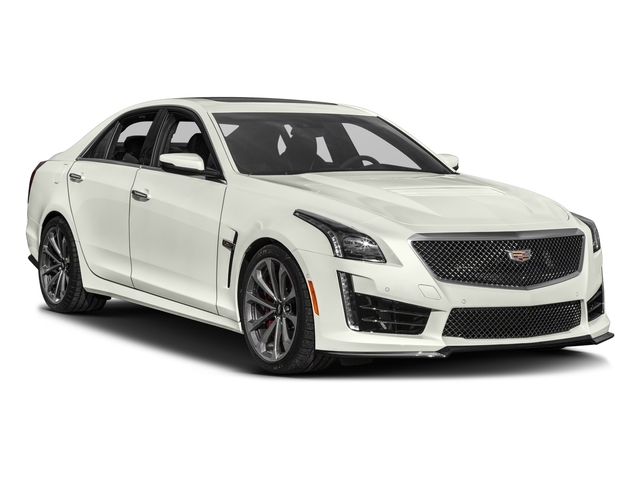

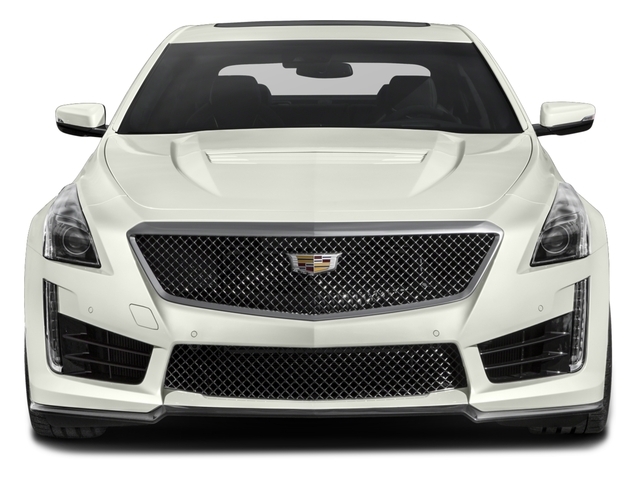
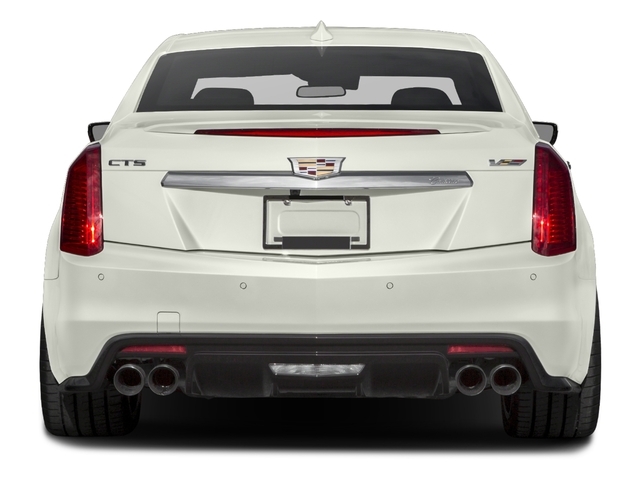
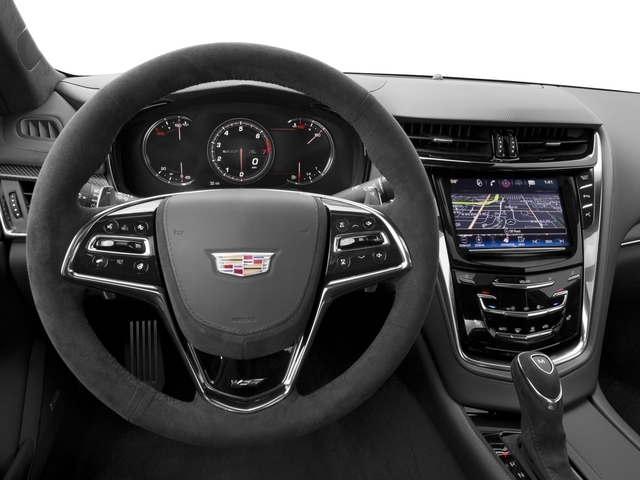
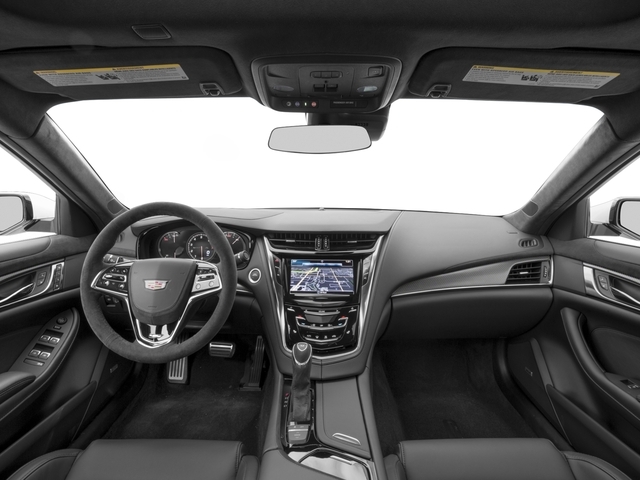
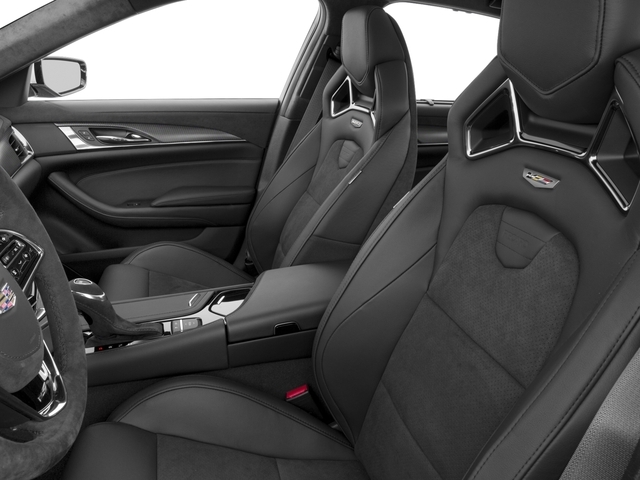
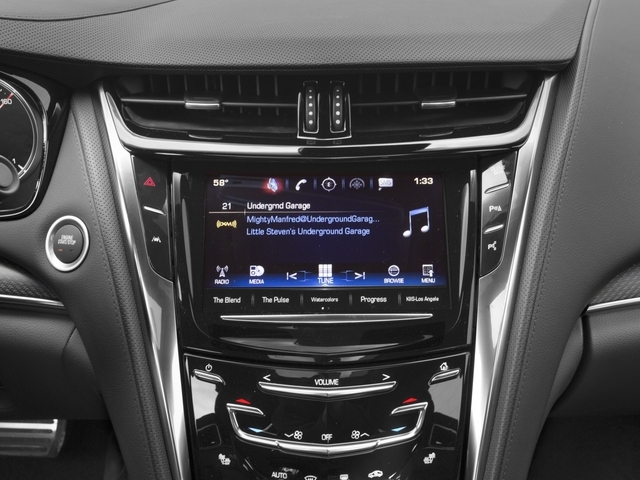
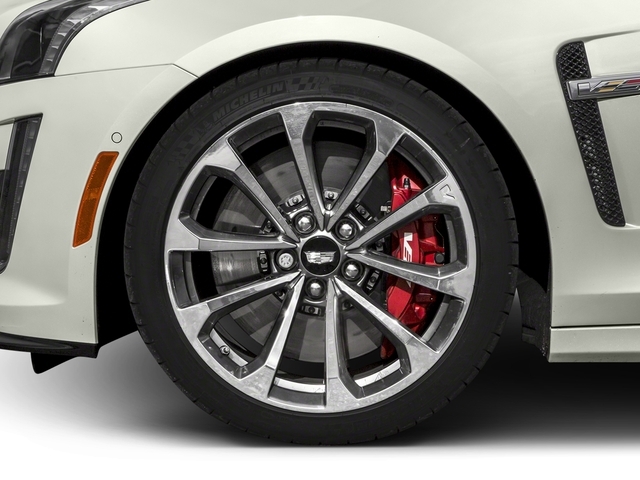
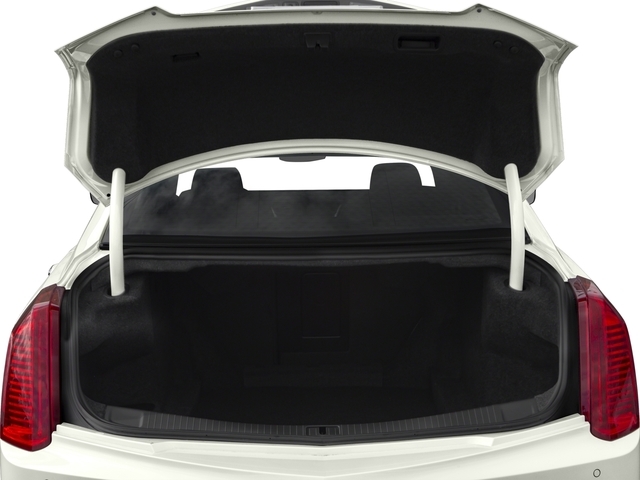
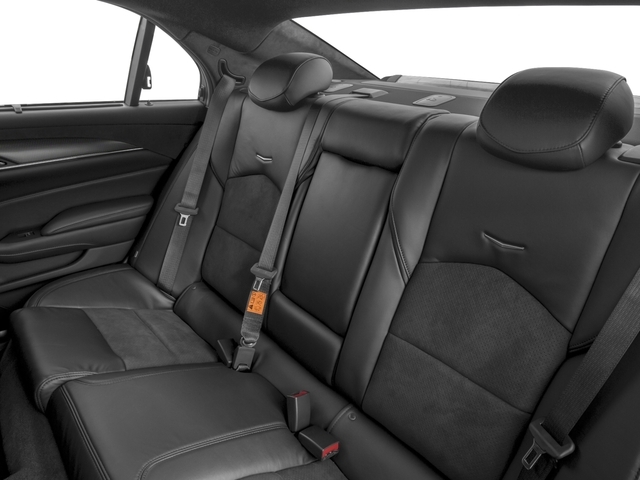
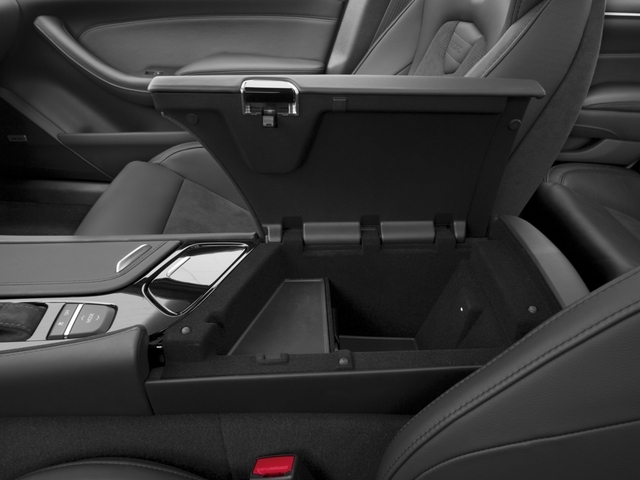
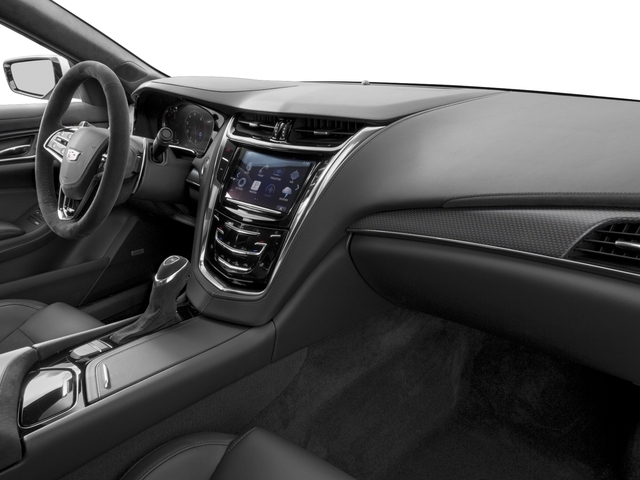
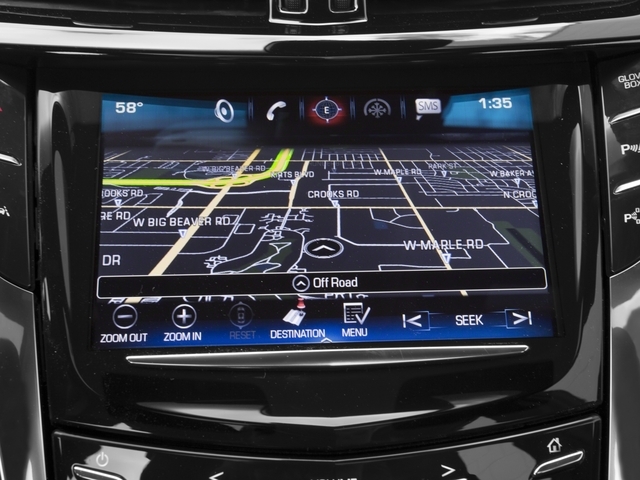















AutoTrader Review


This vehicle has not yet been reviewed














